SATAN’S BLOOD: SPAIN DISCOVERED ITS CITIZENS COULD HIDE A BIG SECRET
by Erika Tiburcio
ESCALOFRÍO (SATAN’S BLOOD) is a film directed by Carlos Puerto and produced by JP Simon in 1978. Unlike other flicks, ESCALOFRÍO mixed a controversial topic with a sensational approach: Satanism and sex. So the main characters, Ana (Mariana Karr) and Andrés (José María Guillén) happen to meet Bruno (Ángel Aranda) and Berta (Sandra Alberti) and end up in their house. After having some drinks and playing Ouija board, they have sex together. Finally we discover that there is a satanic sect that converts people to Satanism.
From a historical perspective, 1978 was a very important year because it meant a crucial shift for Spain because of the signing of the Constitution which established the Democracy as well as the modernization of the country. At the same time, many people, who came from the rural area, moved to the cities. That way, the cities started to be places of anonymity, which awoke deep fears for many people. Spain had been a Catholic country where the family was one of the most important institutions. Now the anonymity and the ignorance of knowing who your neighbor really was were two common realities in the cities. Regarding the movie, we can notice how the director explores this fear by different elements. On the one hand, the appearance of Berta and Bruno who pretend to be Andrés’s school acquaintance, although this is not true, on the other, at the end of the movie, Andrés and Ana discover that their neighbors are Satanists and responsible for what happened to them. In other words, everybody can hide a dreadful secret.
Furthermore, Satanism is a historical representation of generational change, because youths broke some Catholic taboos like having sex more freely and enjoying it. In those years, young people started to go out at night and two years later the “movida madrileña” started, which consisted on a youth movement which wanted to transgress through aesthetics and brand-spanking new lyrics and music. Thus, Satanism was a way to represent that difference because all the iconology was quickly understood by the audience. Evidently, for the mentality of that time, this sacrilege could not go unpunished, so Andrés and Ana are murdered. Ana had shown weak against temptation and they are finally tempted.
I would like to highlight that the end is really interesting because is not a close and happy ending, but nihilistic because what we have seen in the movie is told as a cyclical process in an attempt to spread Satanism around the world. Indeed, the seventies in Spain were a very convulse decade and there were many social and moral changes and this fact scared Spaniards due to they were unable to predict the future.
To sum up, this cult movie is the protagonist of Luis Esquinas’s documentary, entitled SATAN’S BLOOD, produced in 2016. In it, Sandra Alberti and Carlos Puerto talk about the process of production and tell some funny and very secrets about it.
______________________________________________________________________________________
 Erika Tiburcio (nancykrueger) lives in Madrid and works as a teacher. Currently she is doing her PhD thesis about the serial killer in American horror movies from Psycho to Henry: Portrait of a Serial Killer. She loves horror movies, comic books, video games, etc. She has contributed to some Spanish websites and magazines like Phenomena Experience magazine and La Mansión del Terror and has written some articles for different international magazines like Serial Killer Calendar.
Erika Tiburcio (nancykrueger) lives in Madrid and works as a teacher. Currently she is doing her PhD thesis about the serial killer in American horror movies from Psycho to Henry: Portrait of a Serial Killer. She loves horror movies, comic books, video games, etc. She has contributed to some Spanish websites and magazines like Phenomena Experience magazine and La Mansión del Terror and has written some articles for different international magazines like Serial Killer Calendar.

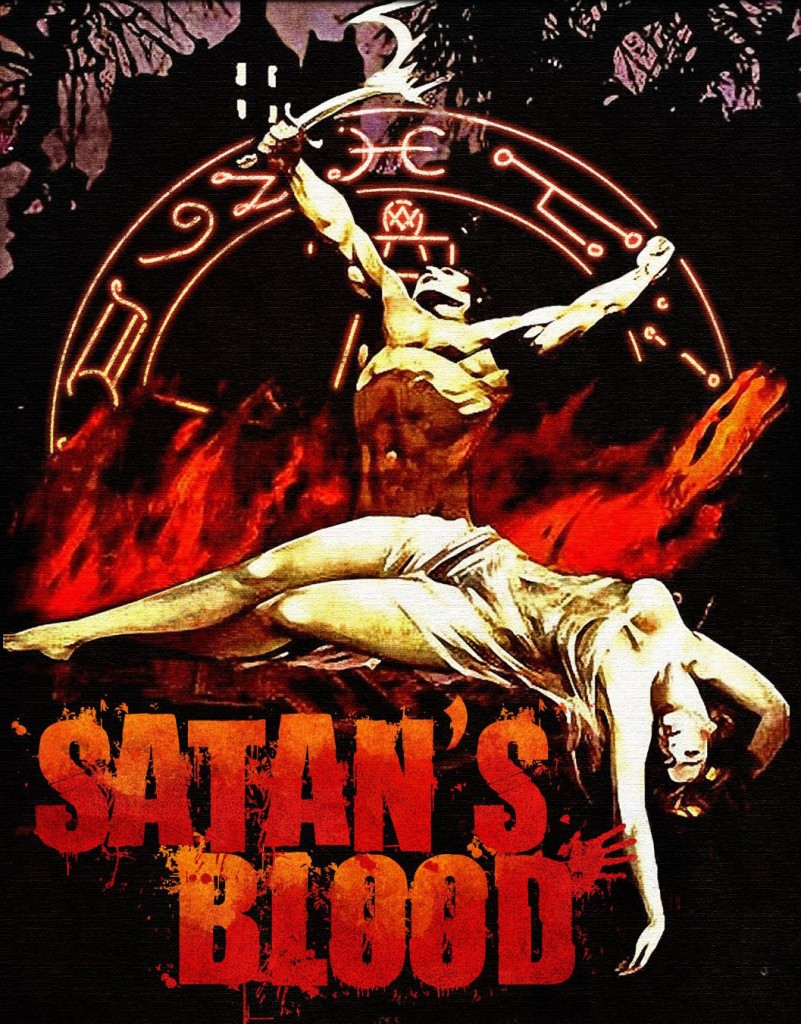

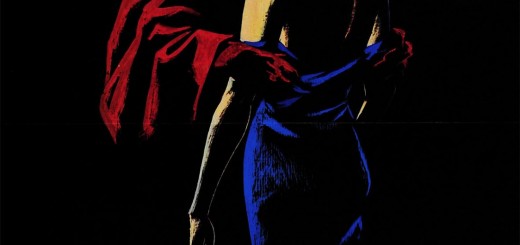
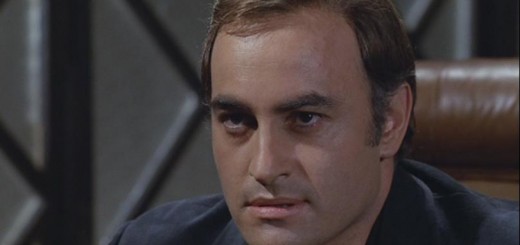







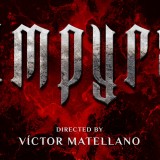

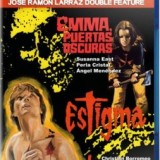
1 Response
[…] SATAN’S BLOOD: SPAIN DISCOVERED ITS CITIZENS COULD HIDE A BIG SECRET […]